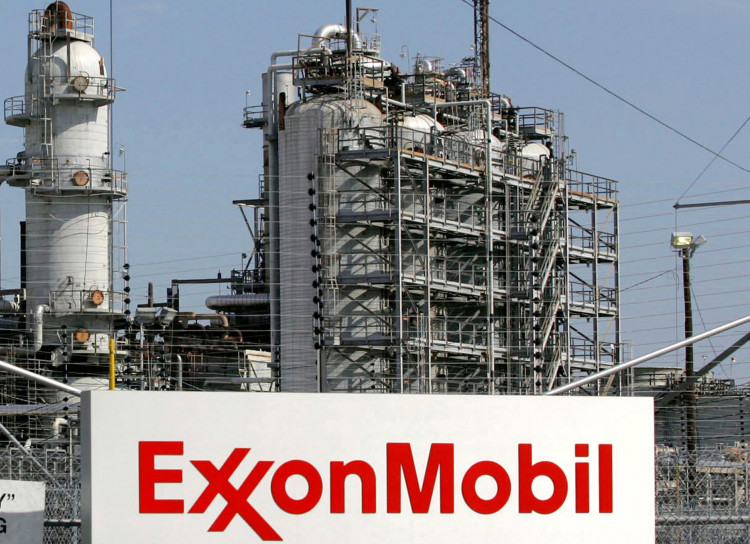Exxon Mobil Corporation has reported a substantial second-quarter profit of $9.2 billion, outperforming analyst expectations. The robust earnings were driven by a rise in oil prices and significant volume gains following the acquisition of Pioneer Natural Resources earlier this year. This performance highlights the effectiveness of Exxon's strategic maneuvers in a challenging market landscape.
The energy giant delivered earnings per share (EPS) of $2.14, surpassing estimates due to oil production and pricing gains that counterbalanced weaknesses in refining. This mirrors the profit beats seen by industry rivals such as BP, Shell, and ConocoPhillips. The notable increase in profit, as Chief Financial Officer Kathryn Mikells noted, was "driven by record production both in Guyana and in the Permian," offsetting lower natural gas and fuel prices.
Exxon's net income for the quarter rose to $9.24 billion, up from $7.88 billion a year ago. This increase was largely attributed to higher oil prices and asset sales gains, which helped mitigate weaker refining earnings. Following the announcement, Exxon's shares saw a 1.3% uptick in pre-market trading, rising from $116.95 on Thursday.
However, the company faced setbacks with its Golden Pass LNG joint venture project, which has been delayed until late 2025 due to the lead contractor's bankruptcy. Exxon holds a 30% stake in the project and had initially expected it to commence in the first half of the year.
The acquisition of Pioneer has significantly bolstered Exxon's US shale output, setting the company apart from competitors like Chevron and ConocoPhillips, whose acquisitions are still under regulatory review. Exxon's acquisition allowed for a quick integration, enabling the company to raise its 2024 output target by 13% to 4.3 million barrels of oil equivalent per day (boepd). In 2023, Exxon produced 3.74 million boepd.
"We already see a line of sight of greater synergies than expected when we announced the transaction," Mikells said, indicating further updates will be provided in December. This synergy has been a critical factor in Exxon's enhanced production capabilities.
Despite the strong performance in oil and gas production, refining profits fell by 32% to $946 million, and chemical profits remained flat at $779 million for the quarter. These declines highlight the volatile nature of different segments within the energy sector. Capital expenditures also increased modestly, rising to $7.03 billion, including $700 million on assets acquired from Pioneer, up from $6.17 billion a year ago.
Exxon has adjusted its annual capital expenditure guidance to $28 billion, up from the previous estimate of $23-$25 billion. This increase underscores the company's commitment to investing in growth despite market fluctuations.
The quarter also saw higher cash flow from operations, which will support increased share buybacks and dividends. Operating cash flow climbed to $10.5 billion, up from $9.4 billion the previous year. Exxon plans to repurchase $19 billion in shares this year, the largest share buyback program among its top Western rivals, up from $17.4 billion last year.
Oil and gas production saw a notable 15% growth from the previous quarter, amounting to an additional 574,000 boepd, including contributions from Pioneer. Exxon's operations in Guyana, a critical area of production, reached a peak output of 663,000 boepd in May, surpassing expectations of 600,000 boepd for the year.
Looking ahead, Exxon aims to deliver cumulative savings of $5 billion by the end of 2027 compared to 2023, including $1 billion in cost cuts achieved during the second quarter. This ambitious target reflects the company's ongoing efforts to streamline operations and enhance efficiency.
Exxon's Q2 earnings report underscores its strategic focus on leveraging acquisitions and expanding production capabilities. As CEO Darren Woods stated, "We delivered our second-highest Q2 earnings of the past decade as we continue to improve the fundamental earnings power of the company." He emphasized the record quarterly production from the low-cost-of-supply Permian and Guyana assets, noting it was the highest oil production since the Exxon and Mobil merger.






